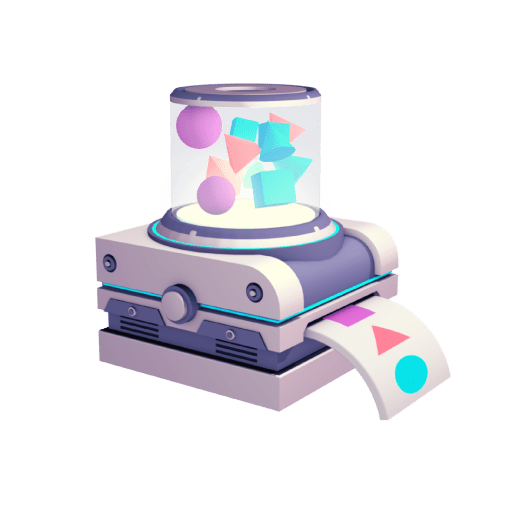
Why complate?
Benefits of designing front-end code using a component abstraction

Benefits of designing front-end code using a component abstraction
One of the main goals for complate is to create a templating engine which allows us to write our front end using components. Why would we want to do that? Let’s look at some of the major benefits of a component based templating engine.
When we are developing our front-end components, we can use complate markup abstractions (“macros”) as an encapsulation layer for our component. Consider the following macro:
function Avatar({ src, alt }) {
return <div class="avatar">
<img src={src} alt={alt} />
</div>
}
We can then use our macro in our application and it will be replaced with the markup we have defined.
<Avatar src="profile.jpg" alt="Portrait of Me" />
This is extremely powerful and solves a major pain point when writing maintainable front-end code. Requirements change constantly. When a new requirement comes up, or I want to modify and improve existing markup, I can change the markup of my component and all instances are updated automatically. Here I need to be careful about pieces of my application which depend on the structure of my markup (e.g. CSS, JavaScript, tests), but with care many unnecessary breaking changes can be avoided.
Another major benefit is that it reduces the cognitive overhead necessary for using the component. In a team environment this can be especially useful because it is easy to use components even without the technical expertise to write them. However, when using a component it is always a good idea to be aware of the underlying markup.
complate allows us to write components and then explicitly compose them together.
Composition in complate looks very similar to that inherent in HTML: child components are passed into the parent component by placing them within the parent’s tags.
This allows us to focus on the definition of the component itself without worrying about the surrounding boilerplate or any details of the children components. If we need to change the children later, we can do this without influencing the parent component.
Here we use a navigation-bar component as an example of how components can be composed together:
function NavbarItem ({ href, current }, ...children) {
const className = current ? "current" : null
return <a class={className} href={href}>
{children}
</a>
}
function Navbar (_params, ...children) {
return <nav class="navbar">
{children}
</nav>
}
<Navbar>
<a href="#profile">
<Avatar src="profile.jpg" alt="User Avatar" />
</a>
<NavbarItem href="/">Home</NavbarItem>
<NavbarItem href="/about" current>About</NavbarItem>
</Navbar>
Composition allows us to keep component definitions simple. If we need more complicated UI elements, we can compose several components together to get the desired effect.
Composition in complate is also powerful because we pass the children in explicitly in the macro definition. If we want to render the component differently when there are no children passed in, we can do this. If we want to destructure the list of children and place them in different parts of our component, we can do this. If we want to iterate over the list of children and wrap each one in another component, we can do this.
Another huge benefit of using complate is that we can reuse our components not only within our project, but also accross multiple platforms. These platforms include: